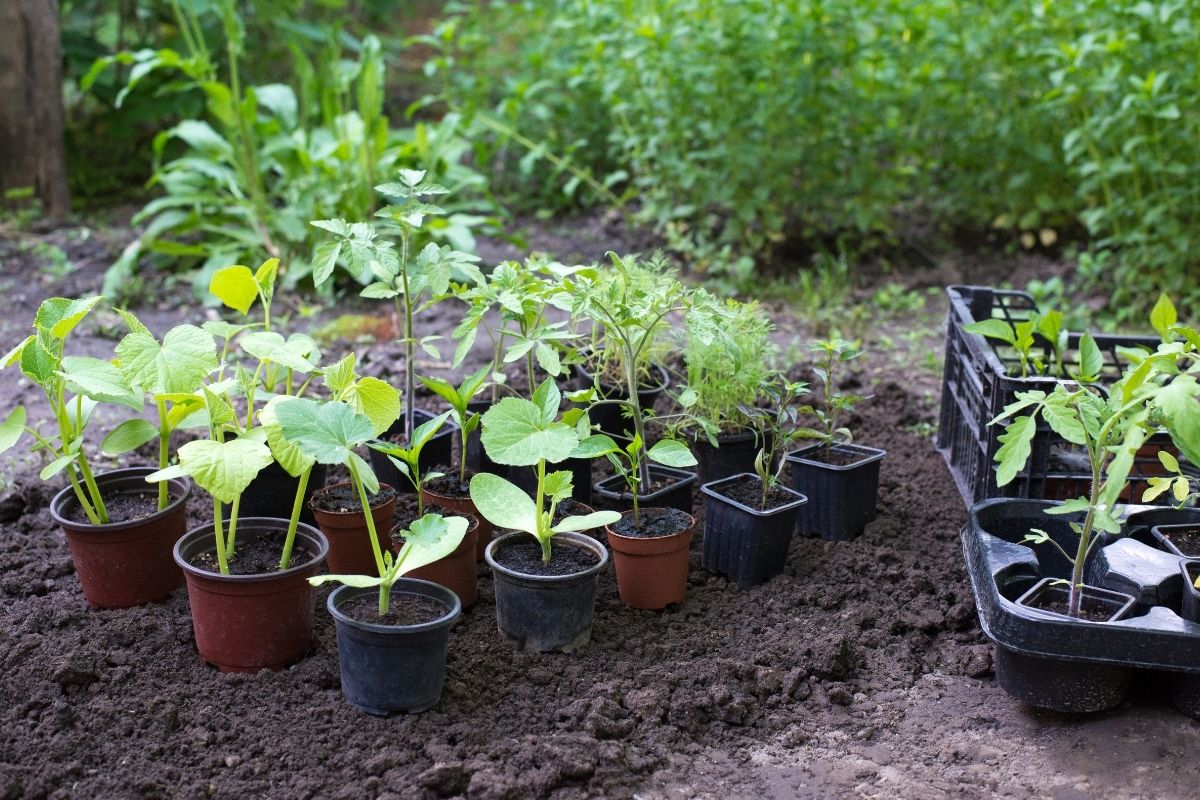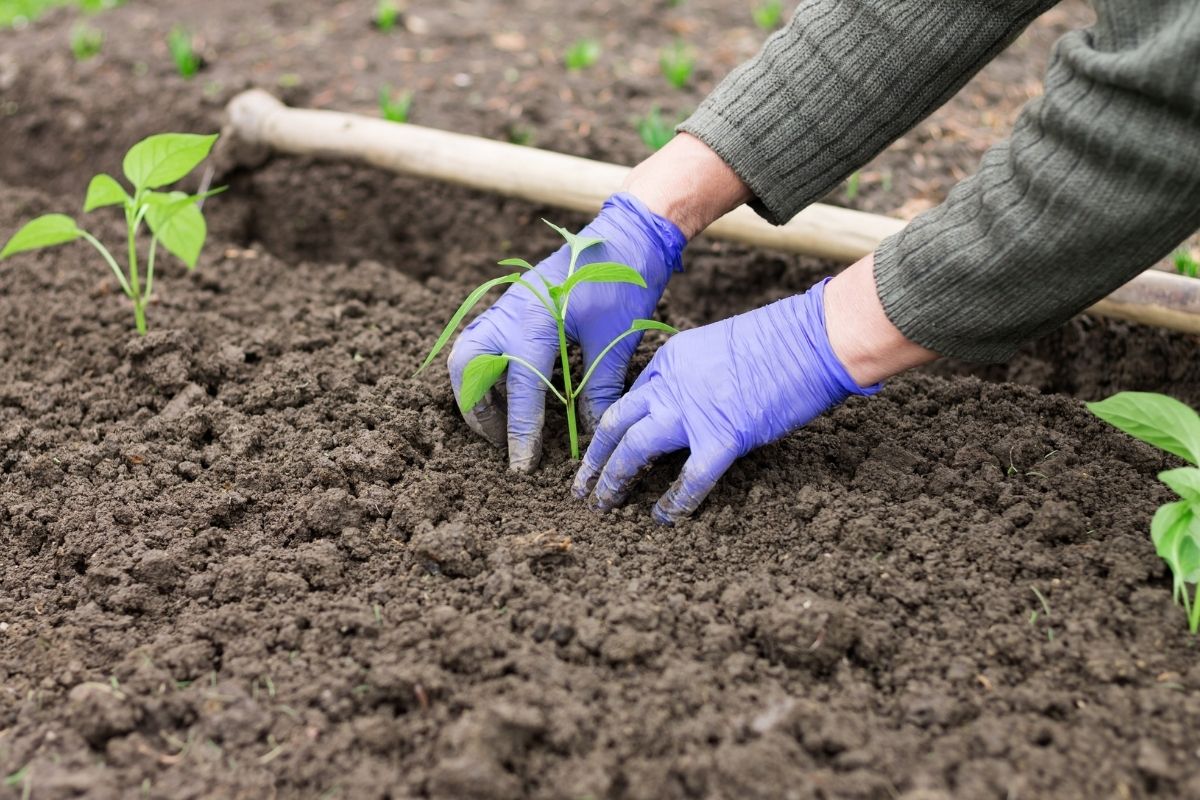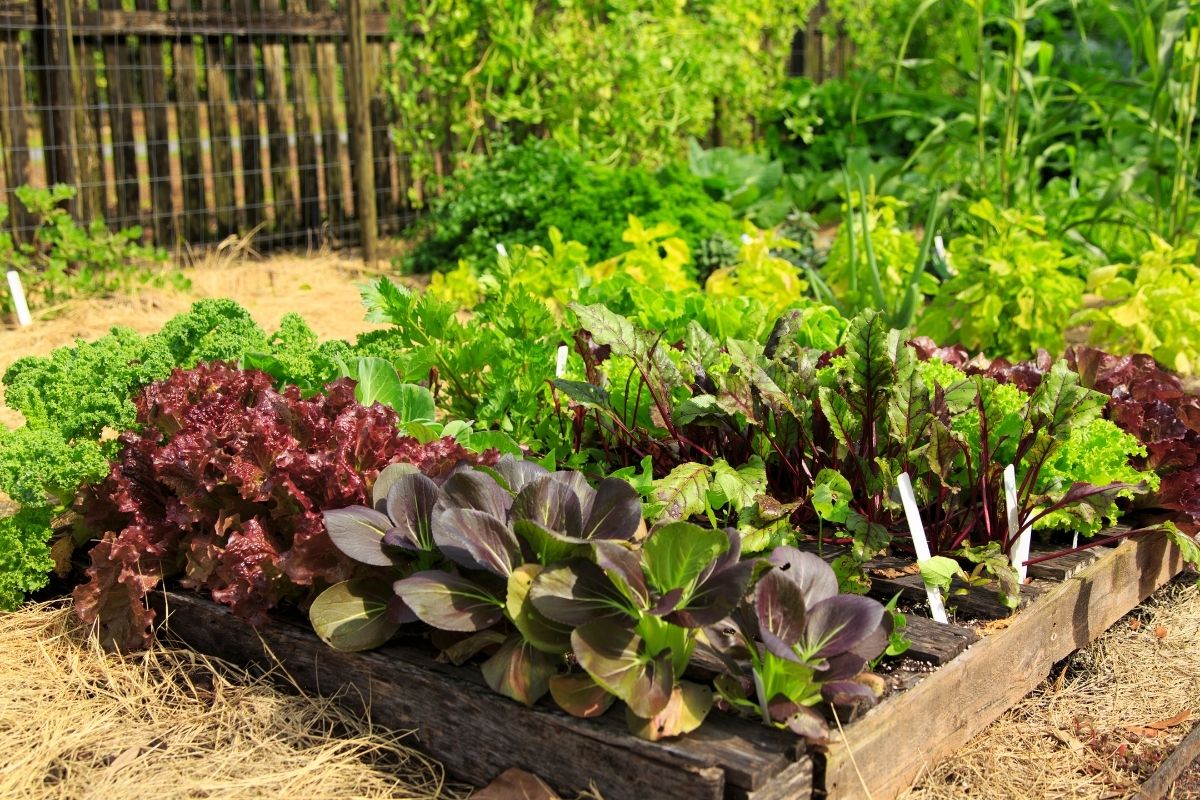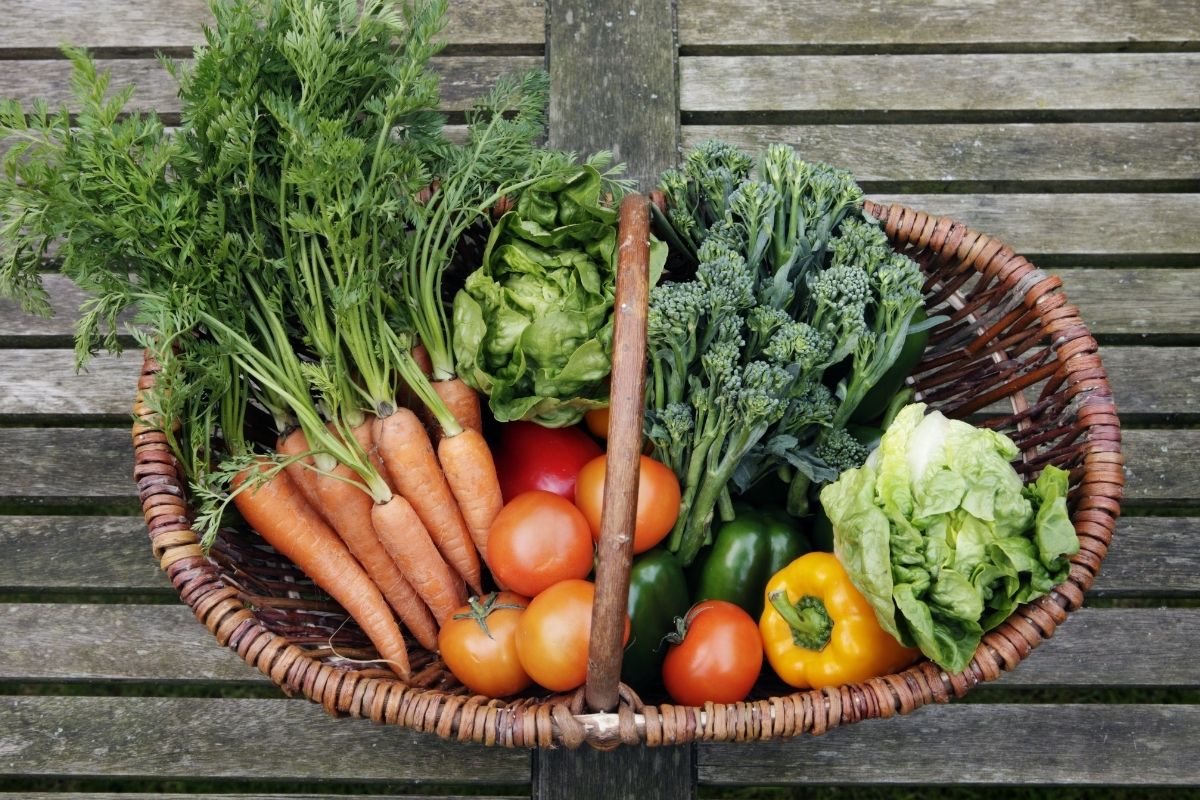One of the joys of growing your own veggies is the endless variety of produce available, both in the range of vegetable species and the countless shapes, colours and flavours for each. With so much choice available it's easy to let enthusiasm get the better of you and grow far more seedlings that you need or can comfortably care for.
Carefully planning your veggie patch in advance is the solution to this problem, helping you pack in as much as possible without becoming overwhelmed, and therefore giving all your seedlings the best chance of long-term success. Late winter is the ideal time to do this planning, and here are some of the most important points to consider.
How Much Space Do You Have?
It's always tempting to try and cram a few extra plants into your veggie patch, especially if your space is a little limited. However, most plants will fail to thrive if they're not spaced out according to the instructions on the seed packet. When planning which seeds to sow, take their final recommended spacings into account and don't try to fit too much in.
Choosing your seeds wisely can help you squeeze more into a limited space. For example, dwarf or bush varieties of beans take up a smaller footprint than a row of climbers, while zucchini or another type of summer squash is much more compact than a sprawling pumpkin vine.
How Much Time and Effort Can You Spare?
Gardening may be a rewarding hobby, but many people underestimate just how much time and effort is involved. It's easy to get carried away and sow dozens of varieties over a large area, only to find you don't have the spare time to keep on top of watering, feeding, weeding and all the other activities that are essential to success. It's always better to start off with a small but manageable area than give yourself an impossible task that leads to discouragement, neglect or disappointment.
What Will Grow Best in Your Space?
No matter how skilled you are as a gardener or how much time and effort you put in, it's difficult if not impossible to grow a plant too far outside its favoured conditions. If your garden is cool and shady, you'll likely struggle to ripen tomatoes and chillies, for example, but may have great success with salad leaves and woody perennial herbs.
Picking plants that enjoy the conditions your garden provides will be more rewarding than trying to force the issue with an unhappy plant. Don't forget that the conditions will also vary throughout your garden. You may have a small sunny spot that's great for sun-loving eggplants, while an area of partial shade may be more friendly to radishes and other plants that easily bolt to seed.
Deciding on Specific Veggies to Grow
Once you've drawn up a list of the plants that fit your garden's space and conditions, there's still a choice to be made about the specific seeds you sow. Here are a few important things to think about.
1. Grow What You Know You'll Eat
Although growing something unusual or attractive can be satisfying, the ultimate mark of success for a veggie patch is the food it puts on your table. Most of your sowing should be dedicated to veggies you enjoy eating so that harvesting them doesn't become a chore. Few things are more dispiriting than spending months tending a crop only to see it go to waste because you and your family don't really enjoy the results.
2. Choose Expensive Veggies
While potatoes, carrots, and onions may be mainstays of a traditional veggie patch, in today's world it's hard to grow them for less than what they cost in the supermarket. If your space is limited, it makes more sense to grow plants that are expensive to buy so that you can save money as well as enjoying fresh produce. For example, a few herbs will provide bunches of leaves for cents at a time, while growing your own heirloom tomato varieties will provide top-rate produce at a fraction of the commercial prices.
3. Try Something Unusual
How often do you see purple potatoes, striped zucchini, or black tomatoes in the supermarkets? There's an endless range of unusual veggies to try, many of them heirloom varieties, and devoting some space to hard-to-find varieties injects some novelty and fun into the veggie gardening season.
4. Mix Growing Speeds to Avoid Gluts
Even if you love productive veggies such as zucchini, growing more than a few plants is likely to leave you with an overwhelming amount of veg maturing over a relatively short season. Try and mix and match your planting to provide a steady stream of produce without too many gluts of one kind. For example, lettuce and other leaves will arrive quickly, zucchini and climbing beans will fill the middle of the season, while slow-ripening tomatoes and chillies will bring up the rear.
5. Don't Forget About Flowers
And lastly, while veggies, salads and herbs might be the main focus of your patch, it's a good idea to sow some flowers as well to attract pollinators and other beneficial insects. You could choose purely decorative flower species that produce a beautiful display and widen your gardening repertoire, or take a more practical route such as growing marigolds as a companion plant to deter cabbage moths, asparagus beetles, and many harmful soil-borne nematodes.
Never forget that veggie gardening is all about fun, connecting with nature and the joy of producing homegrown food. Careful planning can make the whole activity more successful, but there's no need to draw up blueprints and stick to them with military precision. Simply spend a few hours before the growing season giving some structure to the months ahead, and you'll reap the benefits with better harvests and a greater sense of satisfaction by the time winter rolls around again.









